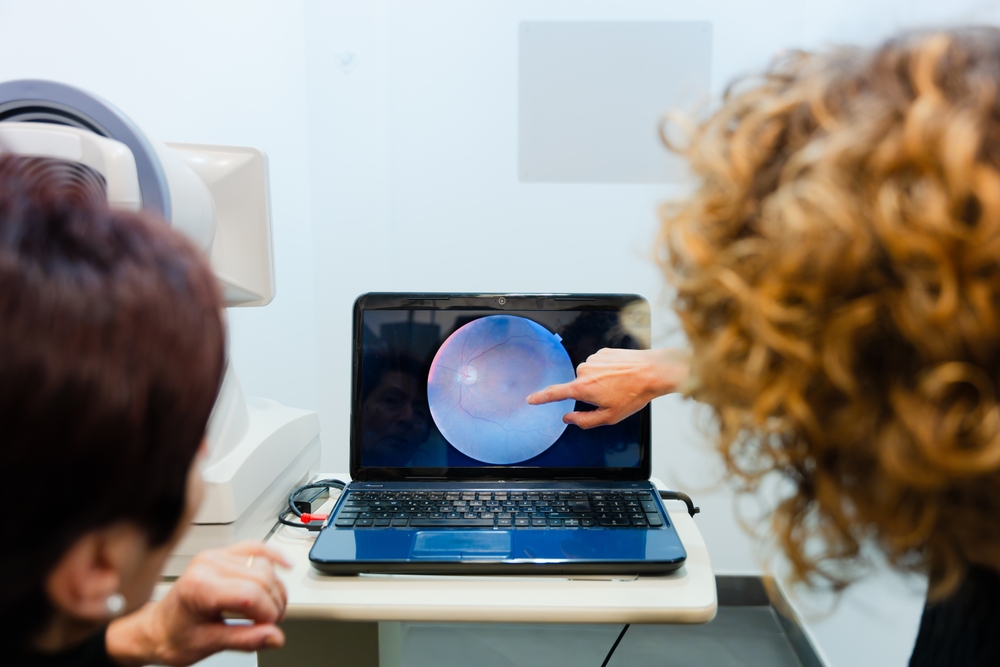
Signs and Treatment Options for Common Eye Disorders
At Travis Optometry, we believe that understanding common eye disorders can empower patients to recognize early signs and seek prompt care. While many eye issues are treatable, early detection through regular eye exams is crucial for maintaining optimal eye health. Let’s explore some of the most common eye disorders, their symptoms, and treatment options.
Cataracts
One of the most prevalent eye disorders, cataracts, involves a clouding of the eye’s lens, leading to blurred or dimmed vision. Cataracts often develop gradually with age but can also result from injury, certain medications, or health conditions. Patients with cataracts might experience blurry vision, sensitivity to light, seeing halos around lights, difficulty with night vision, or the need for frequent changes in prescription eyewear.
In the early stages, cataracts can be managed with stronger lighting and prescription glasses, but as they progress, cataract surgery to replace the cloudy lens with a clear artificial one may be necessary.
Glaucoma
Glaucoma is often referred to as the “silent thief of sight” because it can damage the optic nerve, typically due to increased eye pressure, without noticeable symptoms until vision loss occurs. Early signs of glaucoma are rare, but in advanced stages, people may notice tunnel vision or blind spots.
Glaucoma treatment options vary based on severity and type, including prescription eye drops to reduce pressure, oral medications, laser therapy, and, in some cases, surgery.
Macular Degeneration
Macular degeneration is a leading cause of vision loss among older adults and affects the central part of the retina (the macula). This condition can be either “dry” or “wet,” with the dry form being more common. Symptoms include blurred or reduced central vision, difficulty recognizing faces, and visual distortions where straight lines appear wavy.
While there is no cure for dry macular degeneration, vision aids can help manage symptoms. For wet macular degeneration, treatments like anti-VEGF injections are available to reduce abnormal blood vessel growth in the retina.
Diabetic Retinopathy
Another common disorder, diabetic retinopathy, affects individuals with diabetes by damaging the blood vessels in the retina. Left untreated, it can lead to significant vision impairment or blindness. In its early stages, diabetic retinopathy may show no symptoms, but as it advances, patients may notice blurred vision, dark spots, or floaters.
Managing blood sugar levels is essential for those with diabetic retinopathy, and treatments include laser surgery to stop or slow blood leakage and anti-VEGF injections for more advanced cases.
Dry Eye Syndrome
Dry eye syndrome is a condition where the eyes don’t produce enough tears, or the quality of tears is inadequate, leading to discomfort and visual disturbances. Symptoms include a stinging or burning sensation, redness, blurred vision, and a sensation of something in the eye.
Treatment options include artificial tear drops, prescription medications, lifestyle adjustments, and, in some cases, punctal plugs to help retain natural tears.
Schedule Your Next Eye Exam with Travis Optometry Today
Regular eye exams play a critical role in the early detection of these and other eye disorders. Many eye conditions, such as glaucoma and diabetic retinopathy, may progress without symptoms initially, meaning they could go undiagnosed until they cause significant damage to vision. During a comprehensive eye exam, our optometrist will assess overall eye health, check for any signs of developing conditions, and provide personalized treatment and preventative care recommendations.
Schedule your comprehensive eye exam with Travis Optometry to help detect, treat, and prevent common eye disorders. Visit our office in Scottsdale, Arizona, or call (480) 401-5913 to book an appointment today.





